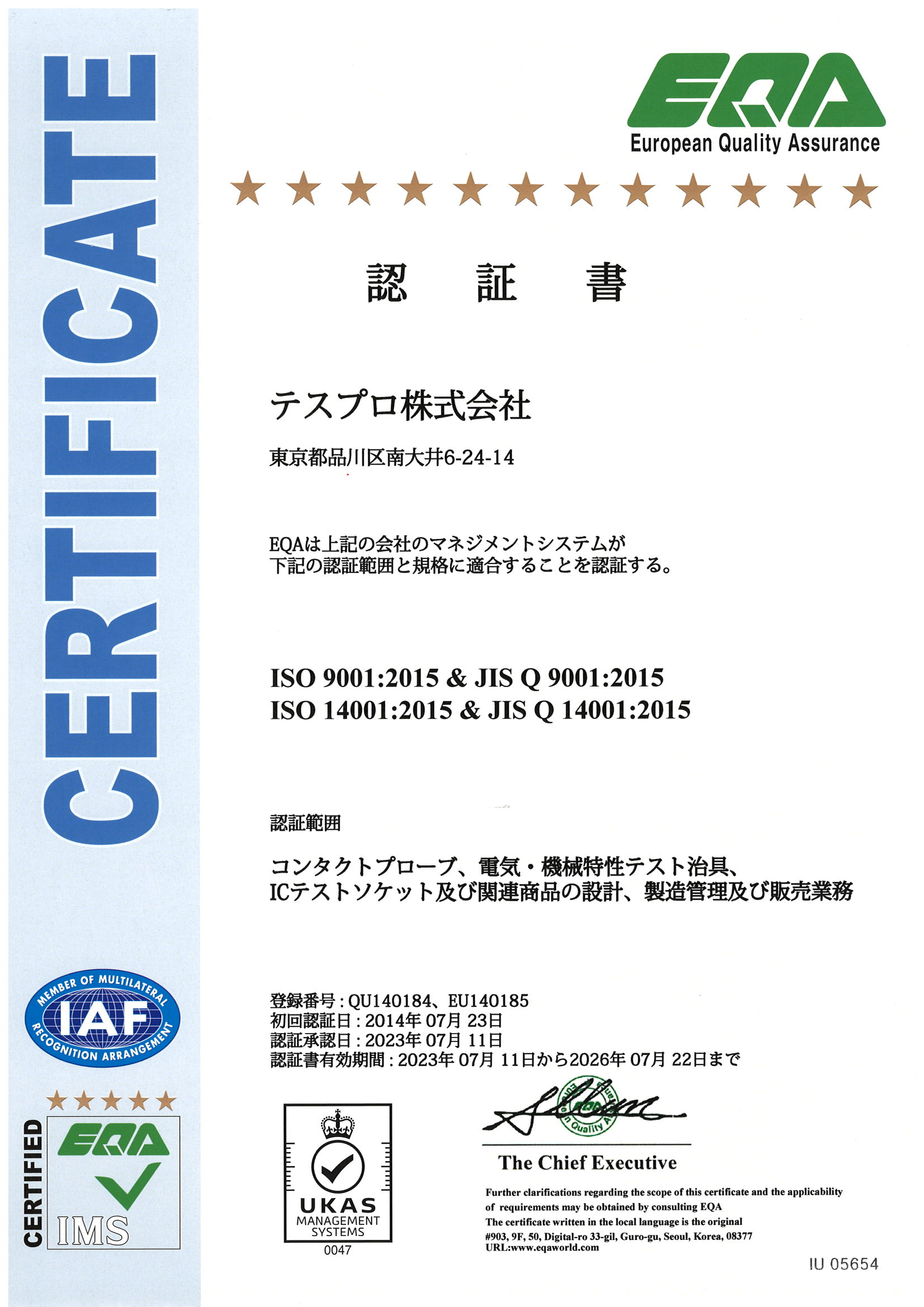



Public environmental-awareness has been increasing in the past years. In 2003, the RoHS (Restriction of Hazardous Substances) Directive was issued to limit the distribution of computers, telecommunication equipment and consumer electronics containing hazardous substances.
The objective of RoHS is to safeguard the environment and the health of humans in terms of pollution by limiting the use of specified hazardous substances. It was adopted in 15 countries in the EU on February 13, 2003 and it took effect on July 1, 2006.
After that, it was revised in 2011 and enforced from January 2013 under the common name of RoHS (II) Directive.
![]()
- Unify the laws and regulations of the member states of the EU regarding the restriction of use of hazardous substances contained in electrical and electric equipment; and
- Safeguard human health, and enable recycling and disposal of WEEE (Waste electrical and electronic equipment) without polluting the environment.
and the 10 substances subject to regulation are lead (Pb), hexavalent chromium (Cr6+), mercury (Hg), cadmium (Cd), polybrominated biphenyls (PBB), polybrominated diphenyl ether (PBDE), DEHP (di-2-ethylhexyl phthalate), BBP (butyl benzyl phthalate), DBP (phthalate) di-n-butyl acid) and DIBP (diisobutyl phthalate).
![]()
- Large household appliances
- Small household appliances
- IT and telecommunications equipment
- Consumer equipment
- Lighting equipment – including light bulbs
- Electrical and electronic tools (with the exception of large-scale stationary industrial tools)
- Toys, leisure and sports equipment
- Automatic dispensers
- Medical devices
- Monitoring and control instruments
- Other EEE not covered by any of the categories above
The scope covers the above 11 items. We have been putting our effort into developing products to meet the RoHS compliance requirements.
